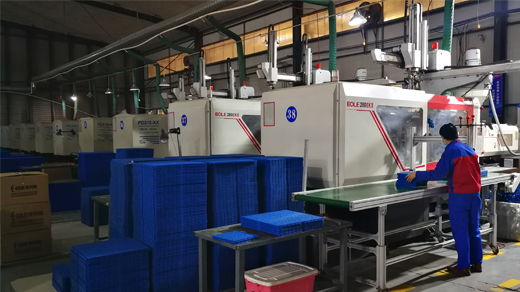Aug . 07, 2024 15:20 Back to list
Guidelines for Installing a Hardwood Basketball Court with Expert Tips and Considerations
The Process of Hardwood Basketball Court Installation
Installing a hardwood basketball court requires careful planning, precision, and an understanding of both structural integrity and aesthetic appeal. A hardwood court enhances the game, providing an excellent playing surface that can withstand the rigorous demands of basketball. Below is a detailed overview of the steps involved in the installation of a hardwood basketball court.
1. Planning and Design
The first step in installing a hardwood basketball court is the planning and design phase. This involves determining the dimensions of the court, which typically follows standard regulations 94 feet long by 50 feet wide for professional and collegiate levels. Additionally, considerations for space around the court, necessary lighting, and seating arrangements are essential. During this phase, one should also assess the location of the court and ensure that it meets zoning and building codes.
2. Choosing the Right Hardwood
Selecting the type of hardwood is crucial for both durability and performance. Commonly used hardwoods include maple, oak, and beech, with maple being the preferred choice due to its hardness and resistance to wear and tear. It is essential to source high-quality, graded hardwood that meets industry standards. Hardwoods like northern hard maple provide a consistent playing surface that enhances ball bounce and player traction.
The installation process begins with preparing the area where the court will be laid. This includes leveling the ground, ensuring proper drainage, and laying a subfloor. The subfloor is typically made from plywood or other materials that help to absorb shock and provide stability. An effective moisture barrier must also be installed to prevent water damage that could warp or weaken the hardwood.
hardwood basketball court installation

4. Laying the Hardwood
Once the subfloor is ready, the hardwood can be installed. This involves acclimating the wood to the indoor environment, allowing it to adjust to the temperature and humidity levels. The installation can be done using several methods, including nail-down, glue-down, or floating systems. The nail-down method is commonly used for basketball courts due to its stability and durability. Each plank is meticulously placed and secured to form a smooth and level surface.
5. Finishing the Surface
After the hardwood is laid, finishing touches must be applied. This includes sanding the surface to remove any imperfections and applying a sealant to protect the wood from moisture, spills, and wear. The finish can also enhance the color of the wood and create a glossy surface that is visually appealing. Finally, court lines and logos are painted on the surface using durable, high-quality paint that can withstand intense play.
6. Maintenance and Care
Once the hardwood basketball court is installed, proper maintenance is essential to ensure its longevity. Regular cleaning, humidity control, and periodic refinishing of the surface will keep the court in top condition. Depending on the usage, courts may require resurfacing every few years to ensure they remain safe and playable.
Conclusion
Installing a hardwood basketball court is an intricate process that involves multiple steps and considerations. From the initial planning and design to the final finishing touches, each phase plays a crucial role in creating a space that not only looks great but also enhances the playing experience for athletes. With proper installation and ongoing maintenance, a hardwood basketball court can provide a premier playing surface for many years, making it a worthwhile investment for schools, gyms, and sports facilities.
-
Professional Tennis Court Lining Services Pickleball Court Marking Experts
NewsJun.24,2025
-
Pickleball Court for Sale - Premium Flooring Solutions for Sports Venues
NewsJun.10,2025
-
Maple Grove Outdoor Pickleball Courts - Premium Conversion & Durable Materials
NewsJun.10,2025
-
Best Pickleball Outdoor Courts Solutions Convert Tennis Courts, Outdoor Covered Courts, Maple Grove Options
NewsJun.10,2025
-
Convert Tennis Court to Pickleball Fast & Affordable
NewsJun.09,2025
-
Indoor Outdoor Pickleballs Durable & All-Weather for Any Court Play
NewsJun.09,2025

